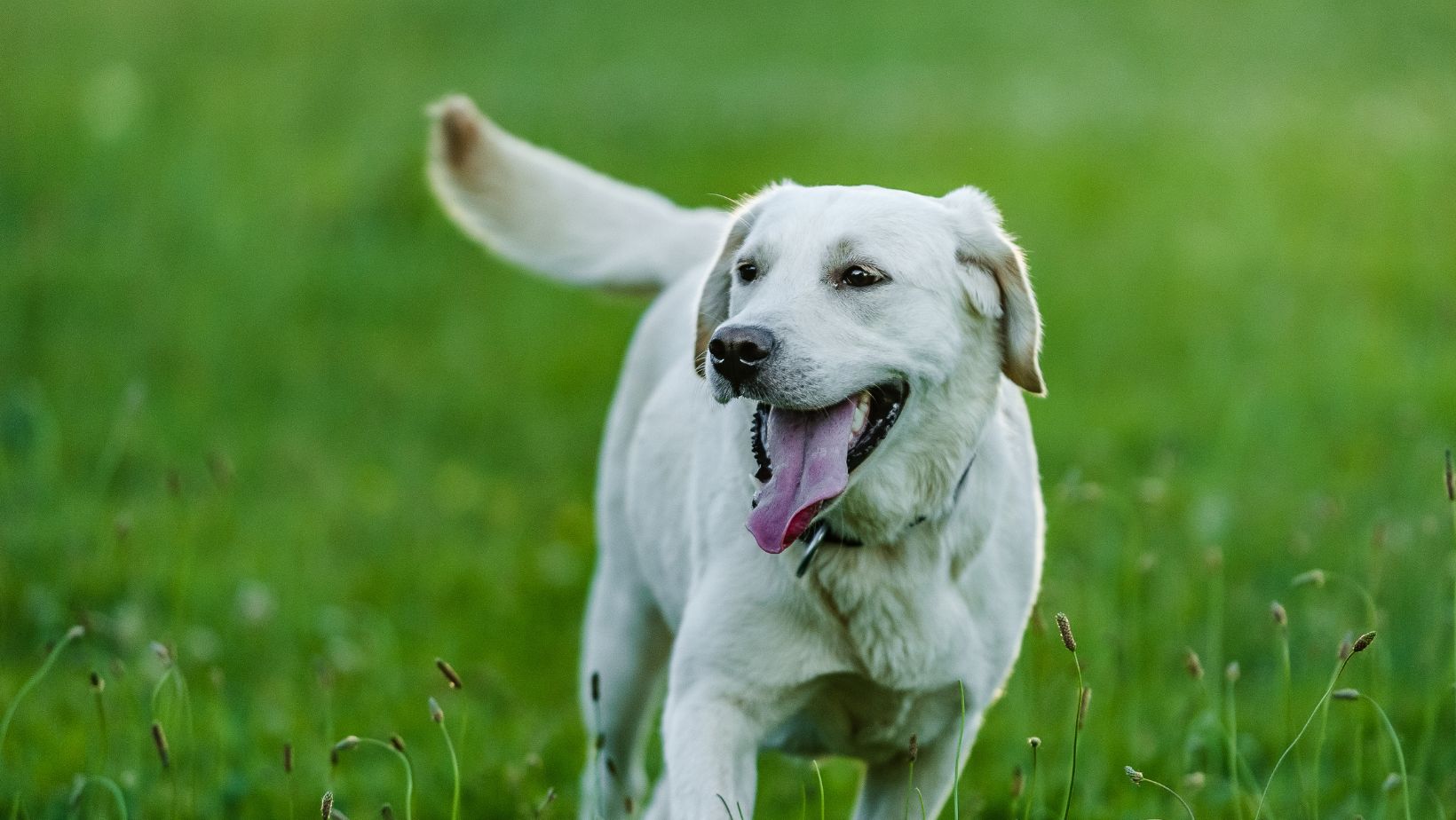How to Train a Dog to Run With You
Are you looking to hit the pavement with your furry companion by your side? Training your Labrador to run with you can be a rewarding experience for both of you. Running not only helps keep your dog physically fit but also provides mental stimulation and strengthens the bond between you two.
One important aspect of training your Labrador to run with you is ensuring they have the proper leash and harness. A well-fitted harness will give you more control while running, preventing any strain on their neck or throat. It’s crucial to introduce the equipment gradually, allowing them time to get used to it before hitting the trails.
Before embarking on longer runs, start with shorter distances at a slow pace. This allows your Labrador to adjust and build up their stamina gradually. Consistency is key – aim for regular exercise sessions rather than sporadic intense workouts. Remember that every dog is different, so pay attention to their comfort level and adjust accordingly.
In conclusion, training your Labrador to run alongside you can be an enjoyable and fulfilling experience for both of you. With patience, consistency, and proper gear, you’ll soon be enjoying energizing runs together in no time. So lace up those shoes, grab their leash, and let’s hit the road!
Choosing the Right Breed for Running
When it comes to training a dog to run with you, one of the most important factors to consider is choosing the right breed. Different breeds have varying energy levels, sizes, and builds that can greatly impact their ability to keep up with your pace and endurance. Here are some key factors to consider when selecting a breed for running:
Before diving into the world of running with your canine companion, take a moment to assess your own fitness level. If you’re an avid runner who enjoys long distances and faster speeds, you’ll want a breed that can match your intensity. On the other hand, if you prefer shorter jogs or are just starting out on your running journey, a breed that doesn’t require as much exercise may be more suitable.
Every dog has its own energy level, but certain breeds tend to have higher energy requirements than others. Labradors, for example, are known for their boundless energy and enthusiasm. They make excellent running partners due to their athletic build and natural inclination towards physical activity.
Labradors are medium-sized dogs with strong muscles and sturdy frames that enable them to excel in various sports and activities. Their love for exercise makes them an ideal choice for runners looking for a loyal companion who can keep up with their active lifestyle.
Warm-Up Exercises for Your Dog
Just like humans, dogs benefit from a proper warm-up before engaging in any physical activity. Warming up helps increase blood flow to their muscles and joints, reducing the risk of strains or sprains. Before hitting the pavement for a run, consider incorporating the following warm-up exercises:
- Brisk Walk: Start with a brisk walk to gradually elevate your dog’s heart rate and warm up their muscles.
- Stretching: Gently stretch each of your dog’s limbs by extending them one at a time. Hold each stretch for about 10 seconds.
- Jumping Jacks: Encourage your dog to perform small jumps or “doggy jumping jacks” by raising their front paws off the ground while keeping their hind legs stationary.
By incorporating these warm-up exercises into your routine, you’ll help prepare your Labrador (or any other breed) physically for running sessions.
Building Endurance Through Regular Walks
Before diving headfirst into long runs, it’s essential to build up your dog’s endurance gradually. Regular walks are an excellent way to improve cardiovascular fitness and stamina over time. Here are some tips for using walks as a means of building endurance:
- Increase Distance Gradually: Begin with shorter distances and gradually increase them as your dog becomes more comfortable.
- Vary Terrain: Incorporate different terrains such as grassy paths or sandy beaches during walks to challenge different muscle groups.
- Pace Control: Pay attention to your dog’s breathing and energy levels during walks. Adjust the pace accordingly to prevent overexertion.
By gradually increasing the distance and intensity of your walks, you’ll help your Labrador develop the endurance necessary for longer runs.
Remember always to monitor your dog’s behavior and adjust the intensity based on their comfort level. As you gradually introduce interval training into their routine, you’ll witness improvements in both speed and overall endurance.
